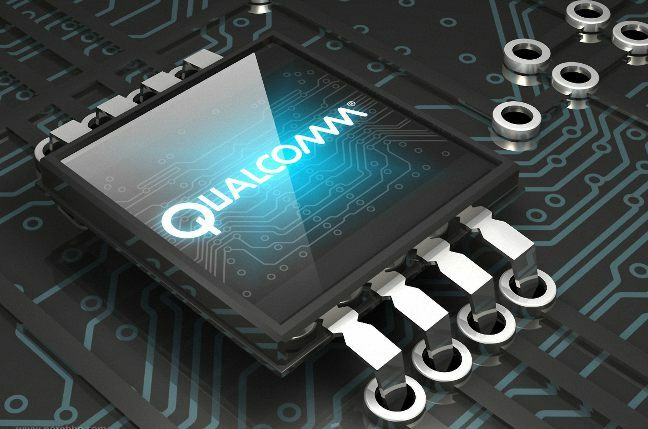
Qualcomm's new Snapdragon 820 will support carrier aggregation with unlicensed spectrum – LTE-U, part of the new X12 LTE modem – which allows operators to combine unrestricted spectrum with their own licensed holdings to get more bandwidth.
While the Snapdragon 820 isn’t expected to ship until the middle of next year, it is the the first publicly announced processor for use in mobile devices to support LTE Category 12 in the downlink, and Category 13 in the uplink.
This equates to a theoretical 600Mbps down through three carriers and 256-QAM (quadrature amplitude modulation), and 150Mbps up using two carriers and 64-QAM.
Having been burned by the reaction to the Snapdragon 810, Qualcomm is carefully announcing the latest phone chip in stages, like a car manufacturer showing a bit of a wing, or a film trailer with a close-up of the star and nothing more.
So far we’ve had announcements that the Snapdragon 820 will have Adreno 5xx graphics processing units, and Hexagon 680 low power DSP and now we have LTE-U. It’s like the chip is trying to escape in bits and pieces.
This all resonates nicely with Ericsson’s recent announcement of infrastructure support for LTE-U and 256-QAM.
The Snapdragon 820 processor is also the first publicly announced processor to offer LTE support for 4x4 MIMO, designed to double download throughput speeds on a single LTE carrier by using multiple channels and antennas.
The new modem supports several antenna sharing schemes between LTE and Wi-Fi, designed to make it easier for manufacturers to design devices with advanced technologies such as LTE-U, 4x4 LTE MIMO, and 2-stream Wi-Fi, and of course get the whole lot into the phone’s case.
Qualcomm badly needs to get Samsung back on board, the Korean company having dropped the US semiconductor giant for the Galaxy S6.
It’s rumoured that Samsung is already testing prototype Snapdragon 820s with a view to using them in teh S7, and one clue as to what that might be like is that the new chip is designed to work well in phones with a metal case.
The new chip has fast, very fast, Wi-Fi:
The peak rate of 2x2 80MHz 11ac is up to 867Mbps, while the 11ad peak rate is up to 4.6Gbps. Additionally, 11ad offers up to a five time increase in user throughput with similar power consumption as 11ac.Hence, the fast 4G and Wi-Fi can then be aggregated to give even more bandwidth, and this seems to be targeted at downloading – rather than streaming – 4K content.
With dynamic session transfer between 11ad and 11ac, devices will have the ability to achieve high performance connectivity in a power-efficient way.
With EE and Vodafone having launched Wi-Fi Calling it’s no surprise that that’s in here too, build to the latest standards with next generation HD Voice over LTE and Video over ViLTE to take on Skype and facetime. The X12 LTE modem monitors real-time, Wi-Fi quality to decide if and when to shift the call from LTE to Wi-Fi or back.
“With technologies like 4K video, virtual reality and cognitive computing rapidly evolving, it's important to provide consumers with the speed and bandwidth to create a more compelling mobile experience," said Alex Katouzian, senior veep, Qualcomm Technologies product management.
While Qualcomm is doing an excellent job of revealing technical details of the Snapdragon 820 in its stage by stage announcements, the information that manufacturers will be eagerly be awaiting is that on heat dissipation.
The Snapdragon 810 took a roasting for this and in the battle against the MediTek Helio X20 that will be as important as bands and bandwidth. ®

0 comments:
Post a Comment